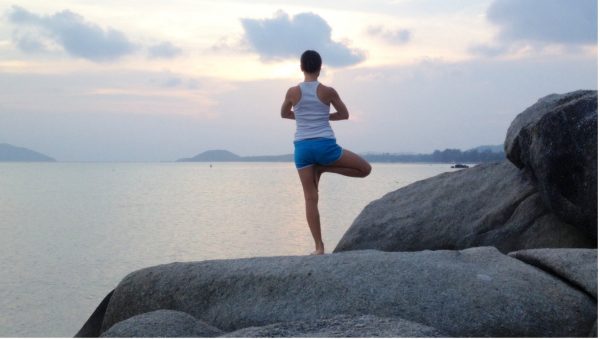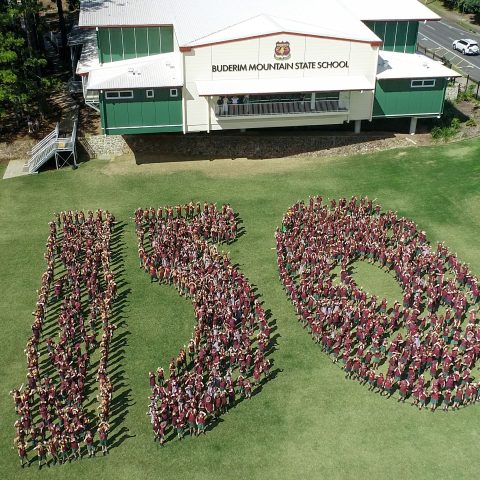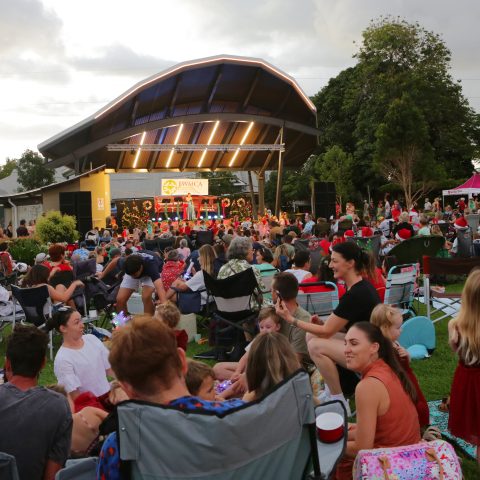Our PR Director, Michelle Smytheman, is passionate about helping emerging professionals in the communications industry and teaches at the University of the Sunshine Coast. As part of an assessment task this year, there have been some excellent blogs written by first-year students about emerging business trends. We are proud to share their work.
By Yarin Barrett
Wellness travel has become an important part of the global tourism industry. The main aim of this form of travel is to promote physical and mental well-being.
 The COVID-19 pandemic has seen people reassess their thoughts on health tourism. Factors such as a highly stressful workplace and fast paced living with a desire to slow down and simplify life have seen the emergence of wellness tourism as part of the growing wellness industry. One of the main reasons wellness travel has become an emerging trend is because of the increasing awareness of health, stemming from the rising occurrence of chronic diseases. This emerging trend is set to boost the wellness industry worldwide.
The COVID-19 pandemic has seen people reassess their thoughts on health tourism. Factors such as a highly stressful workplace and fast paced living with a desire to slow down and simplify life have seen the emergence of wellness tourism as part of the growing wellness industry. One of the main reasons wellness travel has become an emerging trend is because of the increasing awareness of health, stemming from the rising occurrence of chronic diseases. This emerging trend is set to boost the wellness industry worldwide.
Despite seeming to be a relatively new concept, the term “wellness” has been around for thousands of years, even dating back to ancient civilisations. It is a concept that combines the mental, physical, and spiritual components of a healthy lifestyle. Wellness travel is aimed at providing experiences that blend tourist aspects with activities designed to promote good health.
Wellness tourism is a thriving industry that plays a key role in transforming the mind and body of an individual. Wellness tourism can be simply defined as a journey by people whose motive is to maintain or promote their health and well-being. It is a type of travel which encourages people to participate in activities that can improve their overall health and well-being and is typically associated with travel where one stays for at least one night at a facility that is specifically designed to enhance people’s physical, psychological, spiritual, and social well-being. The emergence of wellness travel is primarily due to people now being more concerned with their mental and physical health, thus looking for ways to improve both areas.
The concept of wellness tourism spans far greater than typical spa retreats. Wellness travel participants look for destinations offering beauty spas, lifestyle resorts and spiritual retreats to help them unwind and improve their health and well-being. To be successful and popular, a wellness destination must have a combination of both soft and hard wellness infrastructure and trained wellness professionals. Furthermore, offering an adequate balance of health and wellness-related activities without the use of too much technology.
From a marketing perspective, it is imperative to understand the behaviour, preferences and needs of wellness tourists so products and services can be designed suitably for the customer. Market segmentation entails analysing and dividing a market into groups with the aim of directing marketing focus towards these sections of buyers with different behaviours, characteristics and needs that may require tailored marketing strategies. Across all markets buyers differ in their wants, attitudes, and practices. Market segmentation allows companies to divide large markets into smaller sections that can be reached more effectively and efficiently.
Psychographic segmentation is the most appropriate form of market segmentation when looking at wellness travel. The focus here is to divide consumers into different segments based on different lifestyles and help give reasons as to the different buying behaviours. Wellness travellers can be split into two groups: primary wellness travellers and secondary wellness travellers. Primary travellers are those whose destination is mostly motivated by wellness, whereas secondary travellers seek to maintain wellness while travelling or participate in wellness experiences during any type of trip. Tourism-specific segmentation criteria incorporates variables such as motivation for travel, purpose of travel, and benefits received from the travel. Motivation is an essential component of any tourist activity; it helps determine why someone chooses a particular destination as well as what they hope to achieve from the trip. Often people choose wellness travel to help them relax, pamper themselves or to simply get away from the pressures of everyday life. Wellness travellers seek a wide range of services including, beauty treatments, relaxation, sports, physical fitness, spas, meditation, and yoga.
The significant factors that help people decide on their wellness travel destination include: the quality of the services provided, the knowledge and expertise of staff, and the cleanliness and maintenance of the facility. For a location to become a popular wellness destination, there are criteria it must meet including: providing a clean and safe environment, natural attractions that are easily accessible for tourists, multiple practitioners and establishments available to provide health and wellness services, and a range of fitness activities and tours that visitors can participate in.
One such example of a popular wellness travel destination in Australia is Byron Bay. The town is recognised as Australia’s most popular destination for wellness travel due to its location and the wide range of facilities on offer. The Byron Bay township includes many natural assets provided by its beaches and rainforests, which offer a variety of leisure and recreation experiences. Popular activities include yoga, kayaking, surfing, spa treatments, spiritual events, and wellness coaching.
Tourism is a competitive environment. To attract visitors, tourism providers need to develop a strategic plan for the wellness tourism market and gain greater insights into the market. Psychographic market segmentation can aid in the process of developing a suitable strategic plan as it can help with determining the profile of tourists. Wellness tourists go on holiday to help maintain or improve their health and well-being, it is the job of the destination to make this achievable for the individual.




